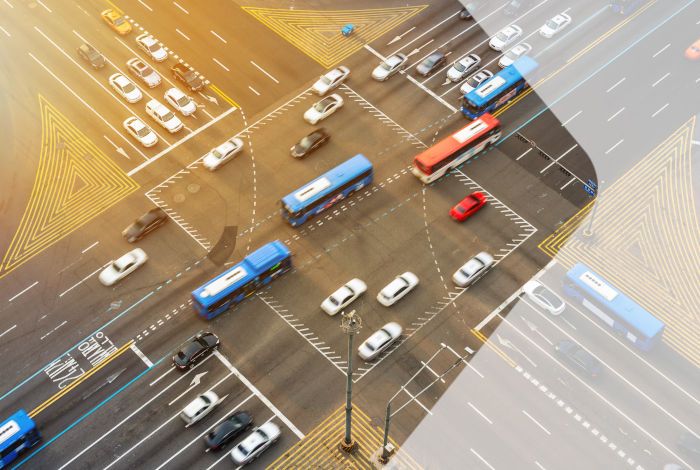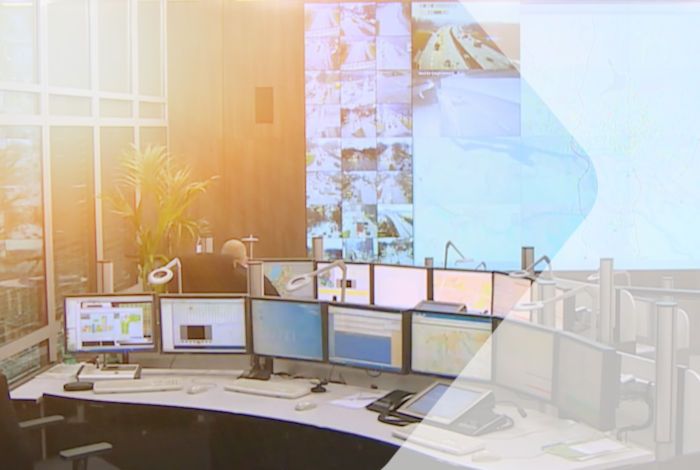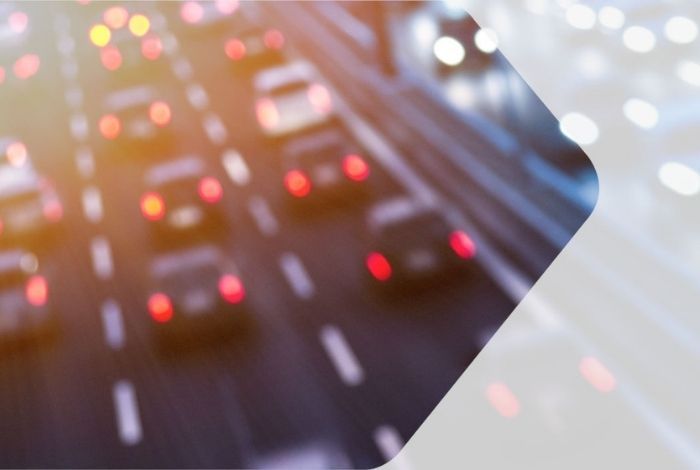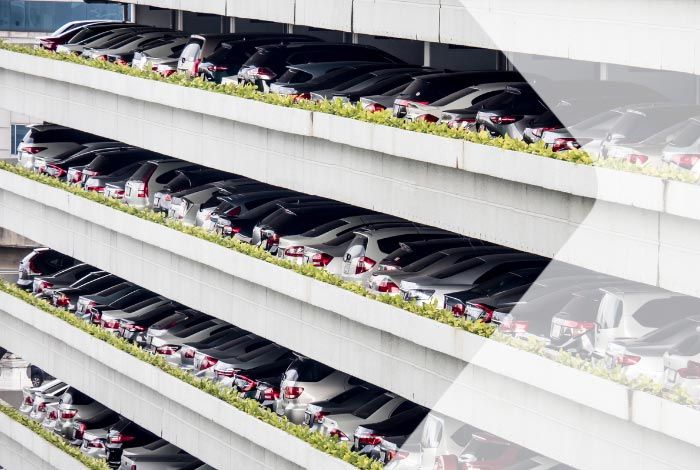The lynchpin of modern traffic management is the collection and analysis of traffic data. Important goals are to record the traffic situation qualitatively and quantitatively and to communicate the current status of all traffic systems in real time. Thanks to the latest technologies, a seamless automatic recording of traffic becomes possible - and operators can monitor complicated traffic situations in a targeted manner and make tailor-made decisions more quickly.
The most important measurement data of an automated traffic data collection include the following examples:
● Traffic volume (What is the number of road users?)
● Speed (Which road users are moving and how fast?)
● Occupancy & classification (Which vehicles? How long? How wide? etc.)

"Traffic data acquisition is an essential basis for traffic planners and road builders to make competent decisions and implement individually suitable measures. Those who determine traffic volumes in time and space in real time can precisely control their traffic systems and analyse current as well as future traffic situations. SWARCO provides turnkey solutions for sustainable traffic planning - e.g. automated systems for measuring speeds, classifying vehicles, detecting wrong-way drivers and much more."
Michael Schuch, Chief Operating Officer (COO)
Why traffic data collection?
Traffic data collection is an essential component of contemporary traffic management. Whether for municipalities, cities, logistics companies or port operators - the challenges of regulating traffic flows and organising transport networks are the same worldwide:
- Inadequate road construction slows down progress.
- Increased traffic volume leads to rising accident rates.
- Increasing congestion increases the cost of logistics and lengthens travel times.
- The insufficient attractiveness of public transport acts as an additional catalyst.
- The consequence of all this is avoidable environmental pollution due to transport and individual traffic.
To meet these challenges, traffic data collection serves many traffic planners as the basis for tomorrow's traffic management.
What can transport telematics achieve?
Traffic data acquisition: Solutions– by SWARCO
Comprehensive traffic data collection not only forms the basis for today's megatrends such as autonomous driving - but also for modern and optimised traffic planning. In general, the collection of traffic data serves to enable operators to better assess necessary investments in the expansion of transport networks, to obtain up-to-date information on traffic events more quickly and to make transport policy decisions based on data.
At SWARCO, we specialise in the following solutions in this regard:
Our Competence
Traffic Control & Monitoring
Monitoring traffic forms the basis for modern traffic telematics. In order to derive targeted measures, you need the right information about the traffic network. Traffic data mostly comes from sensors and detectors, traffic cameras and other sources. SWARCO offers the full range of solutions, software and hardware for traffic monitoring.
Traffic Management Centers
Many cities around the world are growing very fast. With limited capacity, it becomes difficult to manage mobility and keep traffic flowing. This requires a sound mobility strategy and well-organized traffic management that takes a holistic approach to mobility, incorporating all modes of transport and supporting the city's mobility strategy.
Cooperative intelligent transportation systems (C-ITS) connect vehicles with other vehicles, roadside infrastructure, other road users - such as pedestrians and cyclists - and cloud-based services. The integration of a variety of ITS subsystems promises to significantly improve mobility, reduce traffic congestion, and save lives by significantly reducing traffic accidents.
Intelligent parking management
At SWARCO, we define parking management as the implementation of various policies, programmes and strategies that lead to more efficient data-based use of scarce parking resources. SWARCO's integrated parking solutions give parking service providers the ability to protect parking spaces, manage traffic flows, support modal shift policies through dynamic pricing, and provide retailers with comprehensive discount schemes.
You want to know more about SWARCO solutions?
Contact us now to get more information
Services
We offer a wide range of services to support you with your projects. Rely on us for a whole project or just a part of it and we will be happy to take care of service and maintenance.
Traffic data acquisition by SWARCO
As traffic volumes are ever increasing, real-time traffic data collection is becoming more and more essential to implement smooth traffic management. As a leading provider of traffic data collection systems, SWARCO's solutions contribute to the realisation of more efficient and environmentally friendly infrastructures - in cities & communities around the world.
The purpose of traffic data collection is to ...
- get a realistic view of traffic in urban and rural areas.
- to record the number of road users in time and space.
- Measure the number of vehicles using specific arterial roads: per day, per hour, etc
- Record the time it takes to pass traffic junctions (e.g. intersections).
- analyse the number of accidents that occur on certain routes at certain times.
- correctly process various environmental parameters such as wind, humidity, temperature, emissions and many other data.
Last but not least: Traffic data collection by SWARCO is based on state-of-the-art technology. Using special algorithms for different applications, we support cities, municipalities & logistics operators worldwide to build reliable data infrastructures, optimise traffic flow and correctly forecast future traffic flows.
FAQs
Frequently asked questions briefly explained
Traffic data is technical information that is collected, stored, processed, transmitted and analysed when using a traffic network. This includes, for example, data on the number of vehicles in the respective traffic network, on the classification of road users (lorry, car, motorbike) or also the average speeds of the individual vehicles, and much more.
A wide variety of technologies are used, such as:
- Permanent automatic traffic counters (e.g. on motorways, cycle paths, etc.)
- Automatic turn-off counting systems at intersections,
- Traffic counters by induction loops embedded in the road surface,
- side radar devices for cross-section counting of multi-lane carriageways,
- and many other detection systems and sensors.
Traffic data can help to determine the influence of large vehicles on traffic flow or document the development of traffic volumes in general. If the collected data is processed and analysed correctly, it can help to avoid congestion, reduce accidents and reduce CO₂ emissions.
Basically, a distinction must be made between manual and automatic traffic counting systems. Especially with outdated technologies, automatic measurements are often less accurate than manual ones. In Germany, for example, traffic volume is still determined on the basis of automatic and manual measurements.
Through traffic data collection, cities, municipalities & logisticians pursue three main goals:
1. improvement of traffic flow (less congestion)
2. increase traffic safety (fewer accidents)
3. reducing emissions (less fuel consumption).




